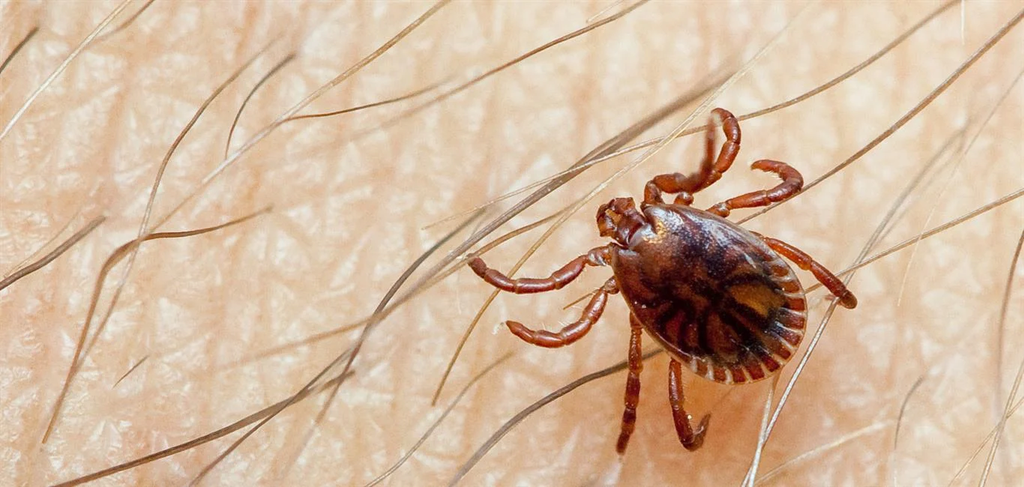
A woman in the UK is being treated for Crimean-Congo haemorrhagic fever after travelling to central Asia.
It is a viral haemorrhagic fever usually transmitted by ticks, but can also be contracted through contact with viraemic animal tissues - where the virus has entered the bloodstream.
She was diagnosed at Cambridge University Hospitals and is receiving specialist care at the Royal London Free hospital.
The diagnosis marks the third known case of the fever in the UK, with prior cases reported in 2012 and 2014, neither of which spread.
Dr Susan Hopkins, chief medical adviser at the UKHSA, said people who have been in close contact with the woman are being contacted, assessed and given advice.
Human-to-human transmission can occur from close contact with the blood, secretions, organs or other bodily fluids of infected persons though, Dr Hopkins added the virus does not spread easily between people and the overall risk to the public is very low.
What is Crimean-Congo haemorrhagic fever?
Crimean-Congo haemorrhagic fever first described in Crimea in 1944, and it was later recognised it shared a pathogen with an illness identified in Congo in 1956, according to the World Health Organisation (WHO).
Symptoms often appear suddenly and include fever, muscle ache, dizziness, neck pain, backache, headache, sore eyes and sensitivity to light.
People can also suffer nausea, vomiting, diarrhoea, abdominal pain and sore throat early on, followed by sharp mood swings and confusion.
Other signs include rash in the mouth and throat, fast heart rate and enlarged lymph nodes.

How serious is it?
According to the WHO, Crimean-Congo haemorrhagic fever has a mortality rate of around 30 per cent, with those who die usually doing so in the second week of infection.
Those who recover generally improve on the ninth or 10th day after the onset of illness.
There is no vaccine available for either people or animal, instead it can be treated with the antiviral drug Ribavirin.
What are experts saying?
Anyone visiting areas where the ticks are found should take protection, the UKHSA advised.
This includes avoiding areas where ticks are abundant at times when they are active, using tick repellents and checking clothing and skin carefully for ticks.
Dr Hopkin said: "UKHSA and the NHS have well-established and robust infection control procedures for dealing with cases of imported infectious disease and these will be strictly followed."
How many cases are there?
Crimean-Congo haemorrhagic fever endemic in Africa, the Balkans, the Middle East and Asia, in countries south of the 50th parallel north.
Countries such as Iran, Turkey, Uzbekistan and parts of Russia see 50 or more cases reported per year.
The Hyalomma tick - the main carrier of the disease - is not established in the UK nor has the virus ever been detected in ticks found in the UK.







